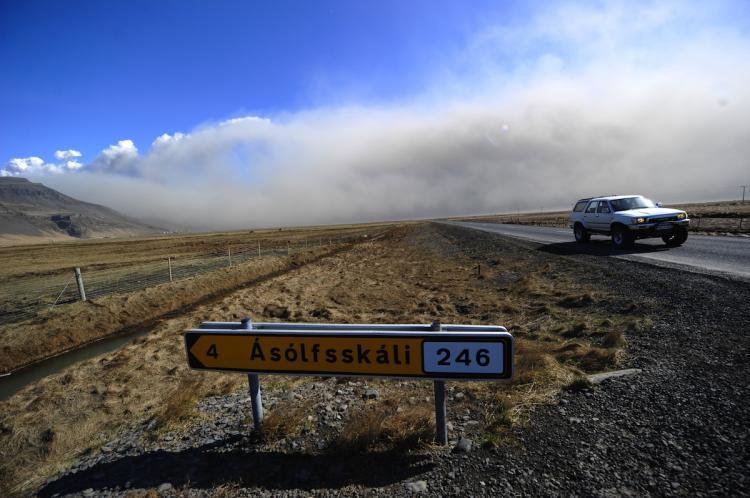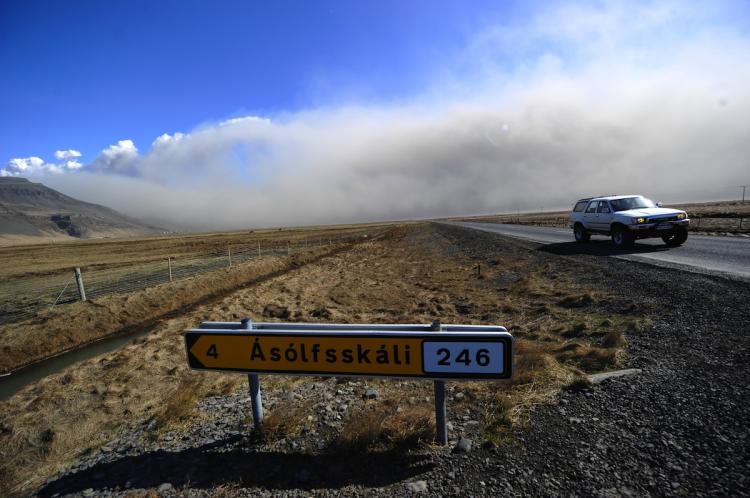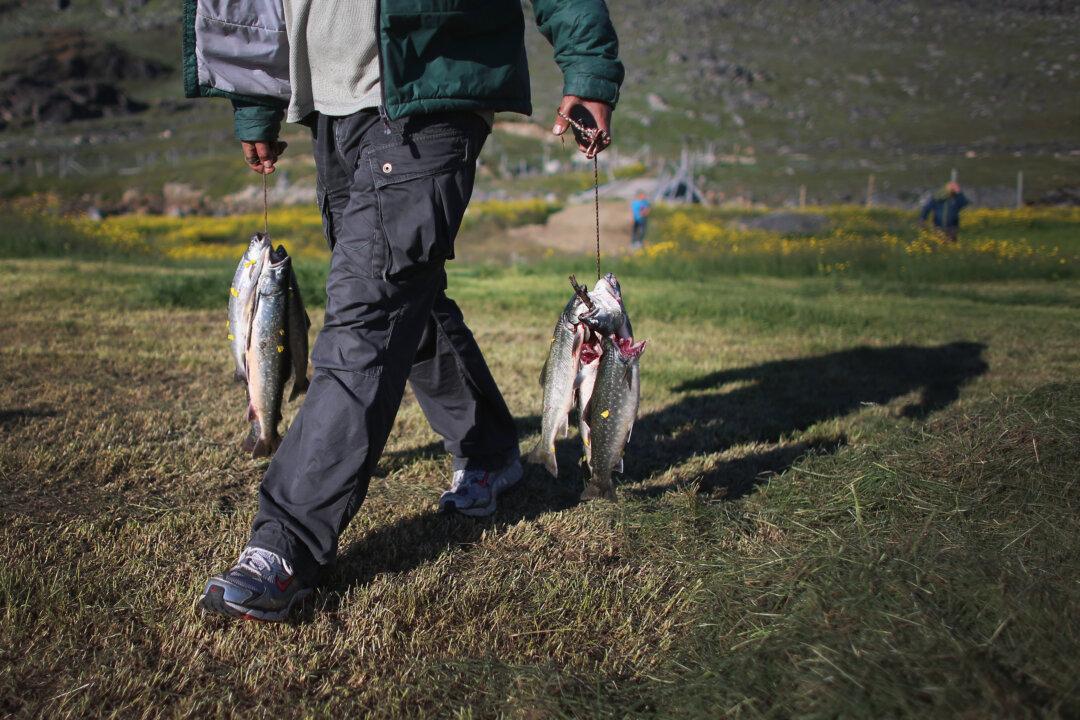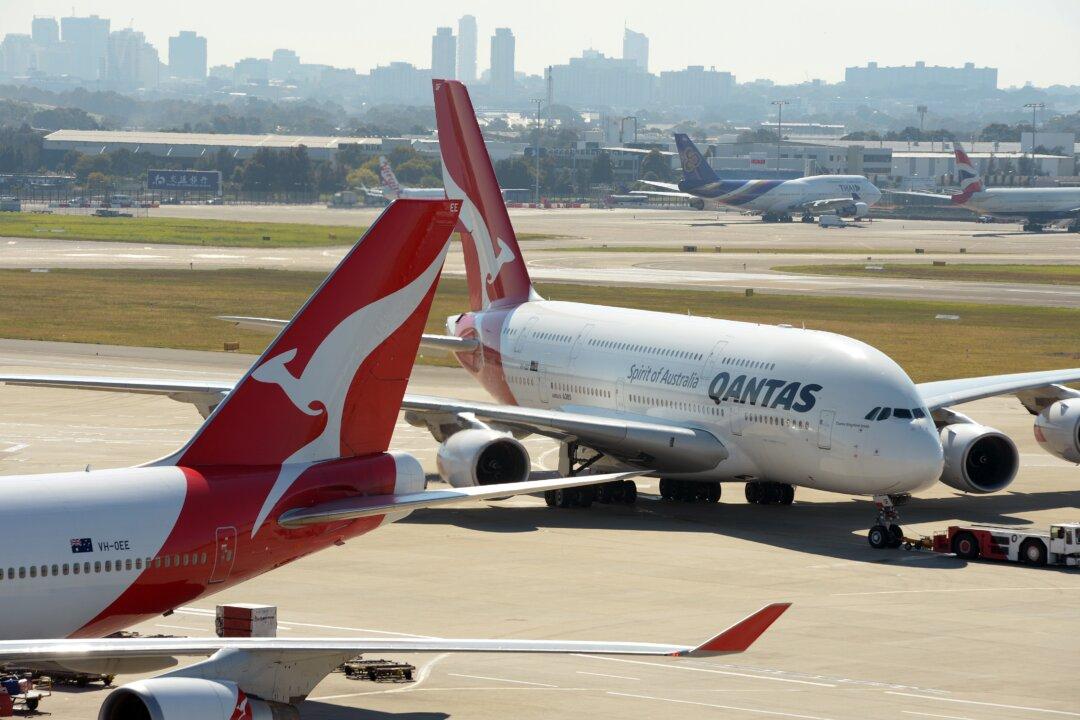Ash Cloud Over Europe Won’t Hit North America For Now
The plume of ash from an Iceleandic volcano that has grounded tens of thousands of flights on Tuesday.
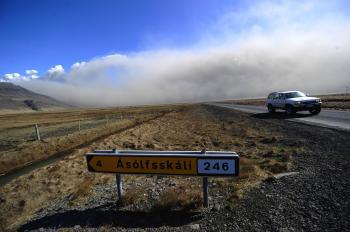
Smoke and ash billow from the Eyjafjallajokull volcano seen from Hvolsvollur on April 19, 2010. Emmanuel Dunand/AFP/Getty Images
|Updated:
